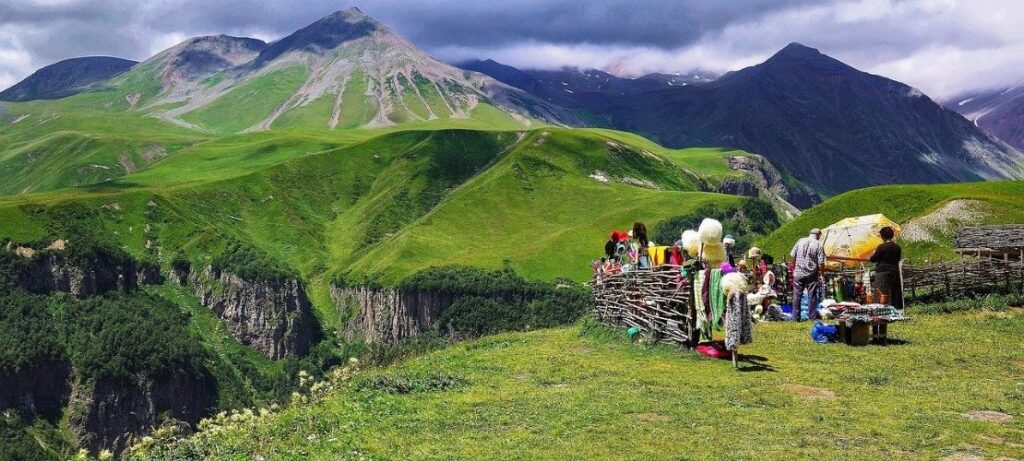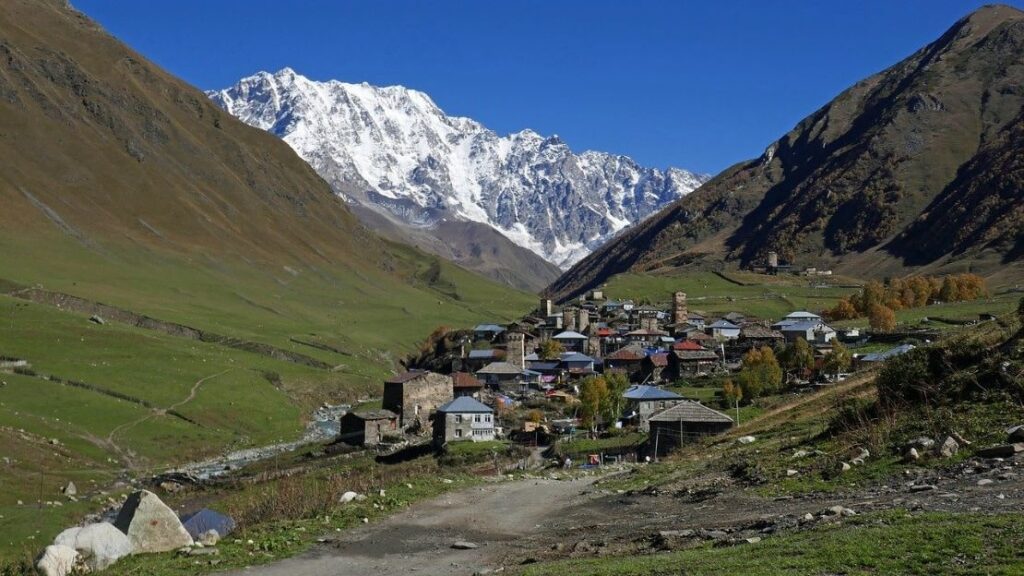
Introduction to the Caucasus Region
Known internationally after the fall of the Soviet Union in 1991, the Caucasus region represents the natural “bridge” between Europe and Asia and is characterized as an area of primary importance from a strategic and economic point of view and socio-cultural. Overlooking the Black Sea and the Caspian Sea, a crossing route that allows access to the European or Asian market, the Caucasus in the last 25 years has seen the birth of autonomous and independent state entities whose history has often been marked by internal conflicts or with neighboring states.
If we think of the Eurasian region, an area including the European and Asian continents, and we place greater emphasis and attention on its geographical dimension and its geopolitical vision (as opposed to the “Eurasianist” vision of the region developed during the Soviet regime) we can define the Caucasus, also known by the name Caucasia, as the geopolitical region located on the border between Europe and Asia and between the Black Sea and the Caspian Sea which includes not only Armenia, Azerbaijan, Georgia and Caucasian Russia of the north, but also the Turkish areas of the north-east (the hills of Agri, Ardahan, Artvin, Van, Igdyr and Kars) and the areas of the Iranian northwest (Ardabil, Gilyan, Zanjan, Qazvin, Hamadan and western Azerbaijan). This division reflects the ideal that each region has been populated by Caucasians from time immemorial.

Following this conception, the region can be divided into two parts:
The Southern Caucasus, also called Transcaucasia, formed by three independent states, Azerbaijan, Armenia and Georgia, to which can be added the state entities Nagorno-Karabakh, Abkhazia, Adjara, South Ossetia, from the Turkish hills bordering these areas and the Iranian area in which the Autonomous Republic of Nakhchivan stands out.
The North Caucasus consisting of the Russian autonomous units, also known by the name of Ciscaucasia, consisting of Chechnya, Dagestan, Ingushetia, Adigea, Kabardino-Balkaria, Karachay-Cherkessia, North Ossetia, Krasnodar Krai, Stavropol Krai.
Of this area it can be seen that the first settlements date back to the IV-III millennium BC, thus demonstrating an ancient historical heritage characterized by the encounter with the main civilizations of history such as Greeks, Romans, Persians, Arabs, Turks, Mongols and Russians ( Tsarist and then Soviet Russia); the Caucasus region is a variegated region which in addition to presenting a great ethno-linguistic differentiation is characterized by the religious variety that unites Christians (Catholics, Protestants, Orthodox, Armenians, Georgians) to Muslims (Sunnis and Shiites) to Buddhists, Jews and members of minor religions connected by customs and traditions referable to primitive beliefs and Zoroastrianism.